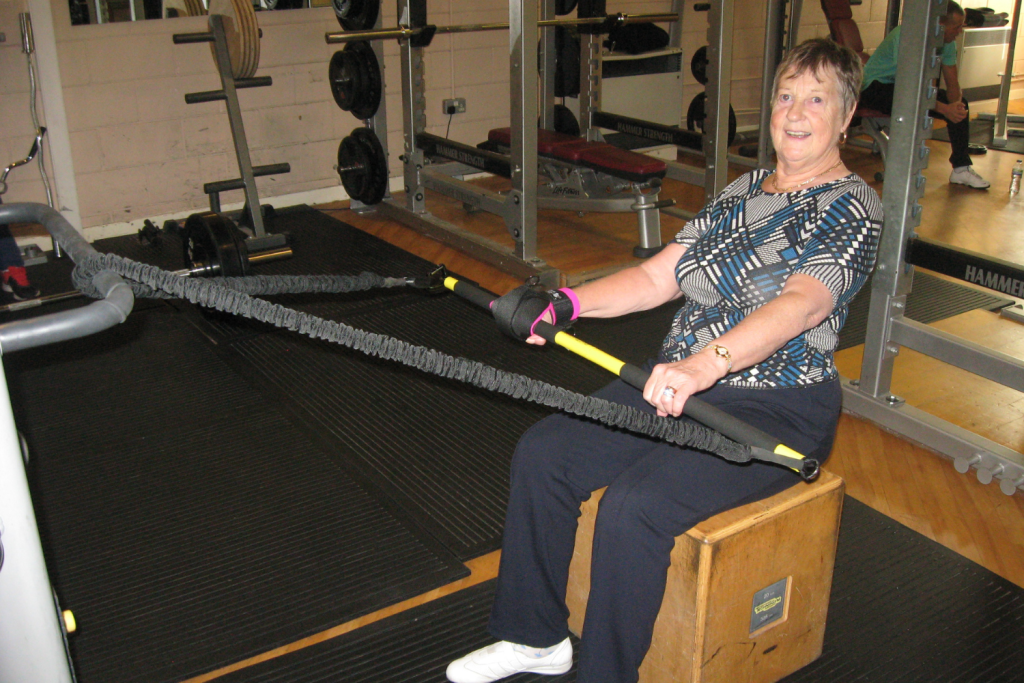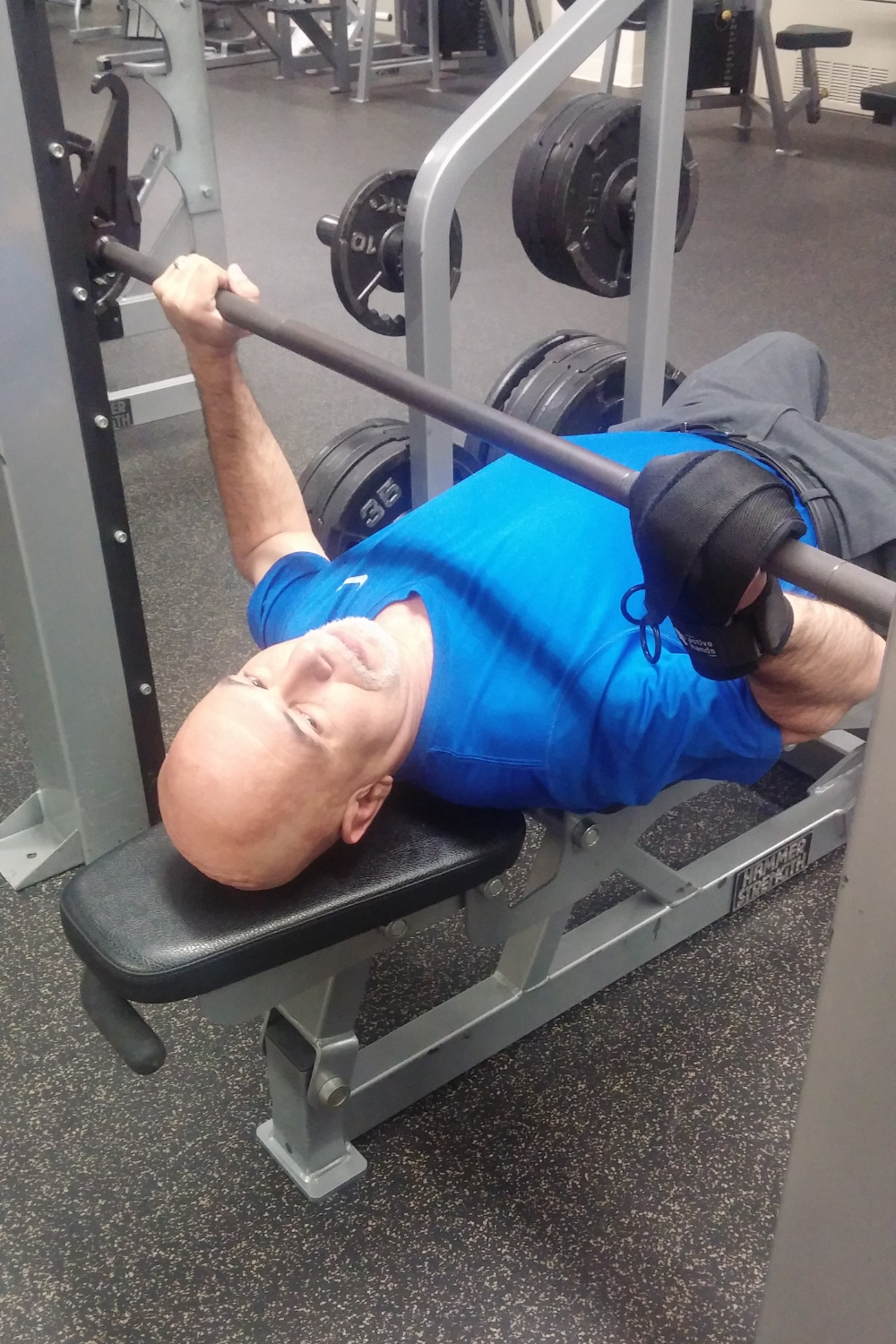At Active Hands we are delighted to support people with a range of different conditions affecting their hand function. We know that a lot of our customers are stroke survivors looking for tools to help them maintain their independence post-discharge. Recently, we spoke to The Stroke Foundation, a non-profit organisation based in the US, set up and run by a stroke survivor and her family. They filled us in on who they are, the need they found in the stroke survivor community, and how they are meeting that need.
Who are The Stroke Foundation?
The Stroke Foundation is dedicated to bridging the critical care gap for stroke survivors and their caregivers by providing comprehensive support and reliable resources, empowering individuals with the tools, guidance, and community connections they need to navigate every aspect of recovery.

The Stroke Foundation is dedicated to bridging the critical care gap for stroke survivors and their caregivers by providing comprehensive support and reliable resources, empowering individuals with the tools, guidance, and community connections they need to navigate every aspect of recovery.
Our work is grounded in the reality that stroke is the leading cause of long-term disability in the United States. While emergency care has improved, the long-term rehabilitation and recovery process remains deeply underfunded and misunderstood—leaving thousands of survivors and their families without the help they need to truly recover.
At The Stroke Foundation, we aim to bridge this critical gap in care by providing direct financial assistance for therapy, delivering educational resources, and creating community-based support systems that address the physical, emotional, and financial toll of life after stroke.
Our vision is to be the leading support network for stroke survivors and their caregivers, ensuring that no one faces the challenges of stroke recovery alone. We aim to create a future where every stroke survivor has access to the full spectrum of care and support needed to reclaim their quality of life.
How is the Stroke Foundation supporting the Stroke Community?
Each year in the United States, approximately 795,000 people suffer a stroke. For those who survive, the journey doesn’t end at the hospital—it begins there. Stroke is the leading cause of serious long-term disability in the U.S., with more than two-thirds of survivors requiring some form of post-acute rehabilitation to regain essential functions such as walking, speaking, swallowing, and performing everyday tasks.
In the immediate aftermath of a stroke, patients are typically discharged from the hospital to a short-term rehabilitation facility or sent home with limited outpatient care. But stroke recovery is complex, highly individualized, and neurologically intensive. Survivors often experience:
- Hemiparesis or paralysis on one side of the body
- Aphasia, or difficulty speaking, understanding, reading, and writing
- Dysphagia, or trouble swallowing
- Cognitive deficits such as memory loss, confusion, and poor executive function
- Emotional and psychological challenges, including depression and anxiety
To address these deficits, recovery may require a coordinated, high-frequency plan of neuro-specialized therapy.
Evidence-based guidelines from the American Heart Association recommend that stroke survivors begin rehabilitation as early as possible and receive therapy at “the intensity necessary to promote neuroplasticity”—the brain’s ability to reorganize and heal. That often means at least 60 to 90 therapy sessions over 3 to 6 months.
Unfortunately, [the US] healthcare system is not structured to support this reality.
- Medicare limits outpatient therapy services to approximately $2,230 per year, per discipline—the equivalent of about 20 sessions of PT, OT, or SLP at market rates.
- Many private insurance plans impose visit caps or high copays, and preauthorization denials are common.
- Once benefits run out, survivors must pay $100–$250 per session out-of-pocket for neuro-specialized therapy—costing thousands of dollars per month.
At the same time, many survivors lose their jobs and health insurance after a stroke. Their caregivers—often spouses or adult children—must cut back hours or stop working entirely to provide round-the-clock care. The result: survivors are forced to choose between basic living expenses and their recovery.

Does insurance cover rehabilitation sessions?
Insurance doesn’t go far enough. A common myth is that having insurance guarantees access to care. Our Stroke Survivor Fund applicant data tells a different story:
- 37% have insurance that covers standard outpatient PT/OT/ST, but with strict visit limits (often around 20–30 sessions).
- 35% have insurance that does not cover any rehabilitative therapies.
- 28% have no health insurance at all.
Even among the insured, few have access to neuro-specialized or inpatient rehabilitation, which is often denied by insurers citing “lack of medical necessity.” Yet these are the same individuals who cannot feed or dress themselves—demonstrating a dangerous disconnect between medical definitions and functional reality.
How does the Stroke Foundation’s program work?
The Stroke Survivor Fund is a national financial assistance program created to help stroke survivors regain their independence by accessing critical rehabilitative therapies—physical therapy (PT), occupational therapy (OT), and speech-language therapy (SLT). Established in 2023 by The Stroke Foundation, the fund addresses one of the most devastating gaps in stroke care in the United States: the lack of affordable access to recovery services after hospital discharge.
Our applicants are diverse in background but united in their need: they are navigating a life turned upside down by stroke with too few resources to reclaim their independence.
How do you support your applicants?
Recovery needs are intensive, urgent, and often financially out of reach:
- 38% need physical therapy, 36% need occupational therapy, and 26% need speech therapy—with many needing a combination of all three.
- Over 50% are not in any therapy at the time of applying, despite needing it.
- 54% have previously received inpatient therapy, which is effective but extremely costly and poorly covered by insurance.
- 28% have accessed outpatient therapy, and 19% have had therapy at home, often due to lack of other options rather than choice.
Started in 2023, the Stroke Survivor Fund was created to fill this critical care gap. The program provides direct financial assistance to stroke survivors who are uninsured, underinsured, or experiencing significant financial hardship, enabling them to access evidence-based neuro-rehabilitative care.
This program is already transforming lives. Survivors report regaining the ability to walk, speak, write, return to work, and care for themselves—milestones that would have been out of reach without therapy.

What makes you do what you do?
When we fund therapy, we do more than treat a condition—we give people their lives back.
It delivers hope, dignity, and independence to people who have been blindsided by a medical crisis.
The Stroke Survivor Fund is not just a safety net. It is a launchpad for recovery—one that ensures no survivor is denied the chance to heal because of what their insurance won’t cover or what their bank account says.
To find out more about The Stroke Foundation and their work please visit their website. If you’re not in the US, there are charities all over the world supporting stroke survivors in different ways. Here in the UK, we are lucky to have free healthcare under the NHS. However, for additional support following a stroke please get in touch with the Stroke Association.
If you’re looking for gadgets to support your independence after stroke please visit our shop page.
Jo Gumbley
The post The Stroke Foundation – Supporting Stroke Survivors appeared first on The Active Hands Company.